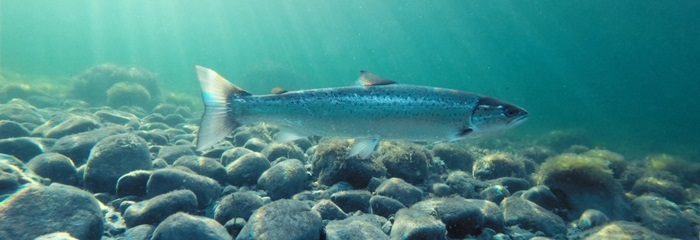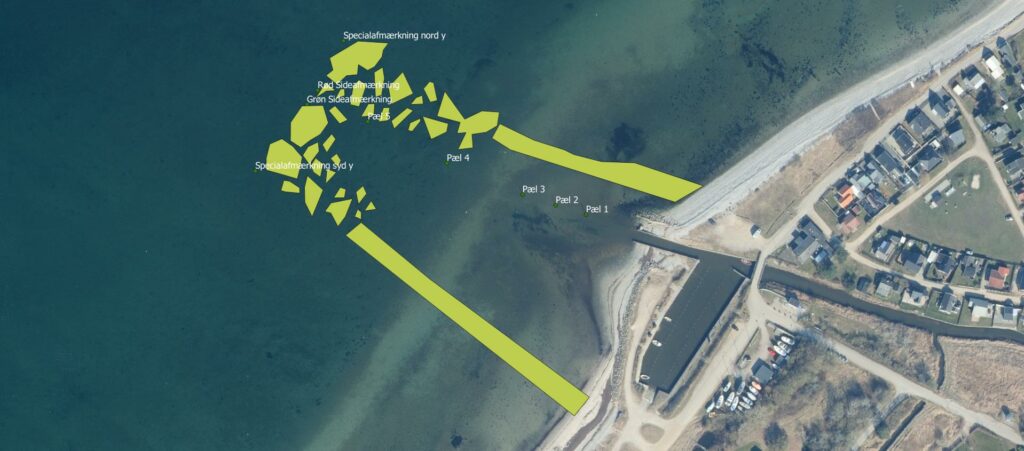Location: Middelfart/Kolding/Fredericia, Denmark
Case study conducted by: Oda Hustad and Alexander Chen, Roskilde University
Time span: April 2020 – April 2025
Green SDGs: 12, 14
Partners: The Lillebælt Nature Park secretariat, which represents Middelfart, Kolding and Fredericia municipalities, local citizens, biodiversity consultants, fishermen associations, boating associations, marine scientists from Technical University of Denmark (DTU), the Velux Foundation, the Nordea Foundation (funding sources).


Lillebælt Nature Park is home to a dense population of the world’s smallest whale and is one of Denmark’s most important breeding areas for coastal birds. Located in the Lillebælt strait between the Danish island Funen and the mainland Jutland, Lillebælt Nature Park is an important seedbed for marine biodiversity in Denmark. However, the living conditions for fish, whales, and the rest of the ecosystem in Lillebælt are under pressure, and the populations of fish in the sea are declining or largely absent. To increase the fish population and ensure sustainable biodiversity in the Lillebælt area, the Lillebælt Nature Park project brings together different stakeholders such as municipal representatives from Lillebælt’s surrounding municipalities, namely Middelfart, Kolding and Fredericia, local citizens, marine biology researchers, and fishing associations to improve the living conditions for the Lillebælt ecosystem.
Among many initiatives, the Lillebælt Nature Park secretariat has established a stone reef to increase the population of smolt (young brown trout) near Varbjerg harbor in the Northwestern part of Funen, which is the focus of our case study. The reef is built to protect smolt against predatory fish and birds during the first months at sea. This is a critical phase where the smolt move from the fresh water, where they are born, to salt water, where they will continue their lives and need to adapt to the salt level of the sea water. The stone reef is expected to provide a safe hiding place for smolt in this critical time, allowing them to grow and survive. This is expected to enhance the population of trout in the Lillebælt area.
The smolt reef is developed in collaboration between the Lillebælt Nature Park secretariat, local citizens, local fishermen associations, and marine scientists from Technical University Denmark (DTU). The marine scientists are investigating the reef effects, conducting measurements in the water, testing if the reef provides good living conditions for smolt. Local citizens participate both as volunteering boaters, as they help boating the marine scientists to their measurement locations, as well as representatives from local fishing and boating associations, ensuring that the reef allows boating in the area. The collaboration is coordinated by the Lillebælt Nature Park secretariat, who oversees the construction of the smolt reef as well as the collaboration between the different stakeholders in the project. The project is funded by the Velux Foundation and the Nordea Foundation.

In GOGREEN, we define the green SDGs as the following SDGs: SDG 6, SDG 7, SDG 11, SDG 12, SDG 13, SDG 14, SDG 15
This website uses strictly-necessary cookies. To read more about WordPress cookies, click here. Please click on the ‘Accept’ button to continue on to the GOGREEN Project site.